Publications on Young People

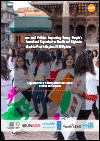


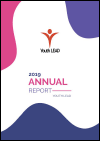
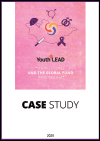
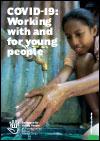
This guidance note is meant to assist humanitarian actors, youth-led organizations, and young people themselves across sectors, working at local, country, regional, and global levels in their response to the novel coronavirus pandemic. It begins diagnostically, exploring the impacts of coronavirus disease (COVID-19) on young people. It then proposes a series of actions that practitioners and young people can take to ensure that COVID-19 preparedness, response plans and actions, are youth-inclusive and youth-focused – with and for young people.
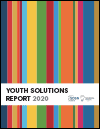
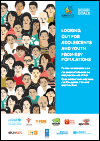
This formative assessment on the needs of adolescents and youth at risk presents the experiences of adolescents and young people including those from key populations and the perspectives of experts working with young people in the four domains: education, parental and peer support, communication and mental health – in relation to HIV risk and prevention, and broader sexual reproductive health rights, including perceived needs, access to and use of services, and barriers and opportunities for young people.

A new report by UNAIDS, Power to the people, released ahead of #WorldAIDSDay, shows that where people and communities living with and affected by HIV are engaged in decision-making and #HIV service delivery, new infections decline and more people living with HIV gain access to treatment. When people have the power to choose, to know, to thrive, to demand and to work together, lives are saved, injustices are prevented and dignity is restored.





